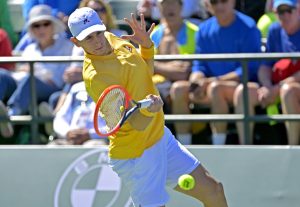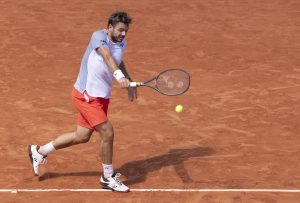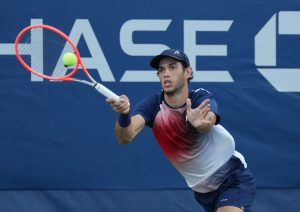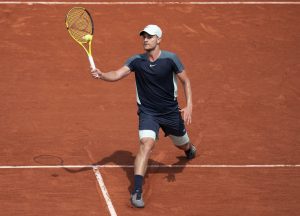With a new venue and renewed buzz, the season-ending ATP Finals haven been exciting in Pala Alpitour in Turin, Italy.
Novak Djokovic led the eight-man field in the maiden Turin edition of the event that also featured debutants Casper Ruud and Hubert Hurkacz.
The Paris Masters champion found himself placed in Green Group alongside 2019 Nitto ATP Finals champion Stefanos Tsitsipas, Andrey Rublev, and debutant Ruud. World No.2 Daniil Medvedev led the Red Group, which also featured 2018 champion Alexander Zverev, home hope Matteo Berrettini, and Hurkacz.
Djokovic, Zverev, Medvedev, and Ruud advanced from the group stage to the semifinals.
The year-ending Finals draw curtains on the season, and many consider this tournament the virtual “fifth Grand Slam.” The event not only features the best eight players of the year (of course barring injuries) but also a round-robin format to decide the champion.
However, having said that, unlike Grand Slams, all the matches at the ATP Finals are best-of-three sets.
Should the Final of the ATP Finals be Best-of-Five?
Understandably, most players are physically spent and mentally exhausted entering the tournament. While the round-robin format allows the players to make a comeback despite losing a match, best-of-three sets robs them a chance to recover and regroup on one of their off-days in a tournament when there is so much at stake.
Considering the tight scheduling of the tournament, it might not be feasible and practical to have best-of-five sets contests over the entire course of the event. But that certainly might be an option in a title clash–following the suit of Masters 1000 events, which featured best-of-five sets final until 2006.
Scheduling a five-set final will also mean moving all the matches in the lead up to the title clash by a day, allowing the finalists a day off between semifinals and final to prepare and recharge.
Best-of-three allows the underdog a better chance and gives an unfair advantage of upsetting a champion player. That might not be the best idea for an event of this caliber.
Djokovic’s win over Tsitsipas in five sets after dropping the first two in this year’s French Open final attests to the need of having a best-of-five final at the season-ending finals too. If the ATP Finals mean to decide the victor among the world’s best, it is only fitting that the outcome is decided over the course of five sets and not three.
The last five years witnessed five different champions at the season-ending finals. While that takes nothing away from the efforts of Zverev or Tsitsipas or even Medvedev, winning in a best-of-five sets contest in high-octane pressure of a final requires altogether different skills and mental fortitude compared to best-of-three.
Except when weather causes the roofs to close, all the Grand Slam tournaments are outdoor events. Staging best-of-five sets final at an indoor event will not only spice up the contest for players but also generate a sense of excitement amongst the fans.
An off-season awaits the players after the conclusion of the ATP Finals. It will certainly be justifiable to decide the champion in a best-of-five sets contest rather than a best-of-three. Players will have plenty of time to recover afterwards.
In an era of Big 3’s dominance, we have witnessed outstanding players crumble in five-setters against them at the Majors. In the absence of five-set finals at the Masters 1000 events, the best-of-five final in a high-pressure environment of season-ending finals will only provide the likes of Tsitsipas, Medvedev, Zverev, etc. additional exposure of five-setter clashes.
There are plenty of reasons to switch to best-of-five for the final of the ATP Finals. More importantly, there’s also no reason not to.
Main Photo from Getty.






